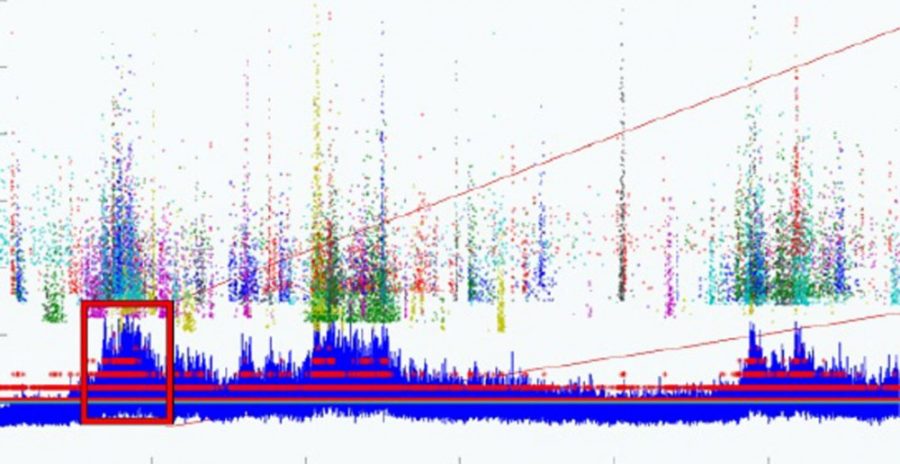From lab bench to computer, life sciences education and research is becoming more reliant on programming and computation to achieve big results from big data. At the UA, an evolving curriculum in bioinformatics seeks to bridge the gap between traditional biological methods and computation.
Programming and computation is becoming increasingly necessary because scientists often generate more data than they can analyze themselves.
“There is a gap between the things people are learning and the computing and statistical skills they really need for advanced work,” said Dean Billheimer, an associate professor of biometry and leader of the UA Statistics/Bioinformatics Resource.
Because of this gap, there is a big demand for data scientists — individuals that can apply computation and statistics — in a variety of sectors, including academic research and industries such as pharmaceutical companies, said Ryan Gutenkunst, an assistant professor of molecular and cellular biology.
The ability to understand advanced programming and statistics is a fundamental tool for researchers to utilize, said Joseph Watkins, a mathematics professor.
The nature of biology research is changing.
“It’s data driven now,” Watkins said. “If you went back 30 years and looked at different sectors of the university, the questions of mathematical models might have been interesting to engineering or optical sciences. Now, the mathematics department is looking at more questions with large amounts of data.”
In part, this is due to new technologies and ways of collecting large amounts of biology data, such as genetic screens.
Even if a researcher is not doing trendy big data science, they spend a large portion of their time at their computer analyzing data, and programming gives them the tools to do what they want from their computers, Gutenkunst explained.
To learn how to use these tools, a background in bioinformatics is useful and the UA has classes that can help fill gaps in knowledge. These classes seek to combine statistics, computing and data-driven problem solving.
Currently, bioinformatics courses exist across a variety of colleges. Though relevant to modern methods of data collection and analysis, few of the classes are required, Gutenkunst said. He currently teaches a course in quantitative biology that teaches students to develop computational models of biological systems.
The UA continues to increase cooperation between departments and researchers in computing and life sciences, and there is an increase in life sciences students minoring in math, Watkins said. In his course, students from 15 different majors use statistics to work on data sets that are relevant to them.
The idea of learning to apply mathematical concepts to other fields is central to the idea of bioinformatics.
“We don’t want your education to be 30 different silos of knowledge,” Watkins said.
Watkins and Billheimer also both emphasized the need for researchers to understand the principles behind computing and statistics rather than simply technical knowledge.
In this way, researchers are better prepared to be part of collaborative teams, Billheimer said.
Traditional methods of research and subject knowledge are still valuable; however, the model for research is changing. Many projects are now a team effort where different specialists have important roles and all work together on the project, Billheimer said.
“The questions being asked are the same questions people have always asked,” Watkins said, “but now researchers have more ways to answer these questions.”
______
Follow Amy Nippert on Twitter.









